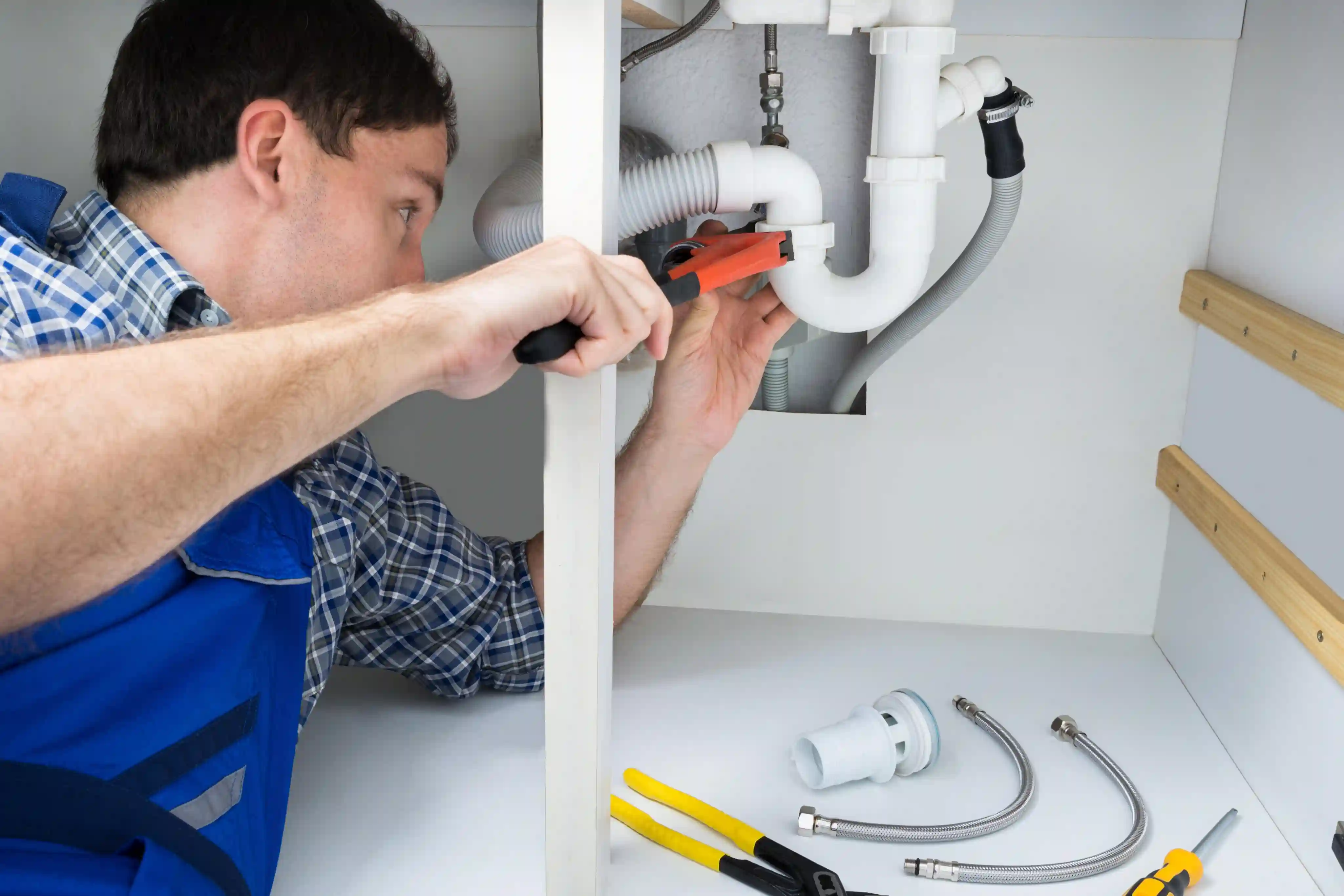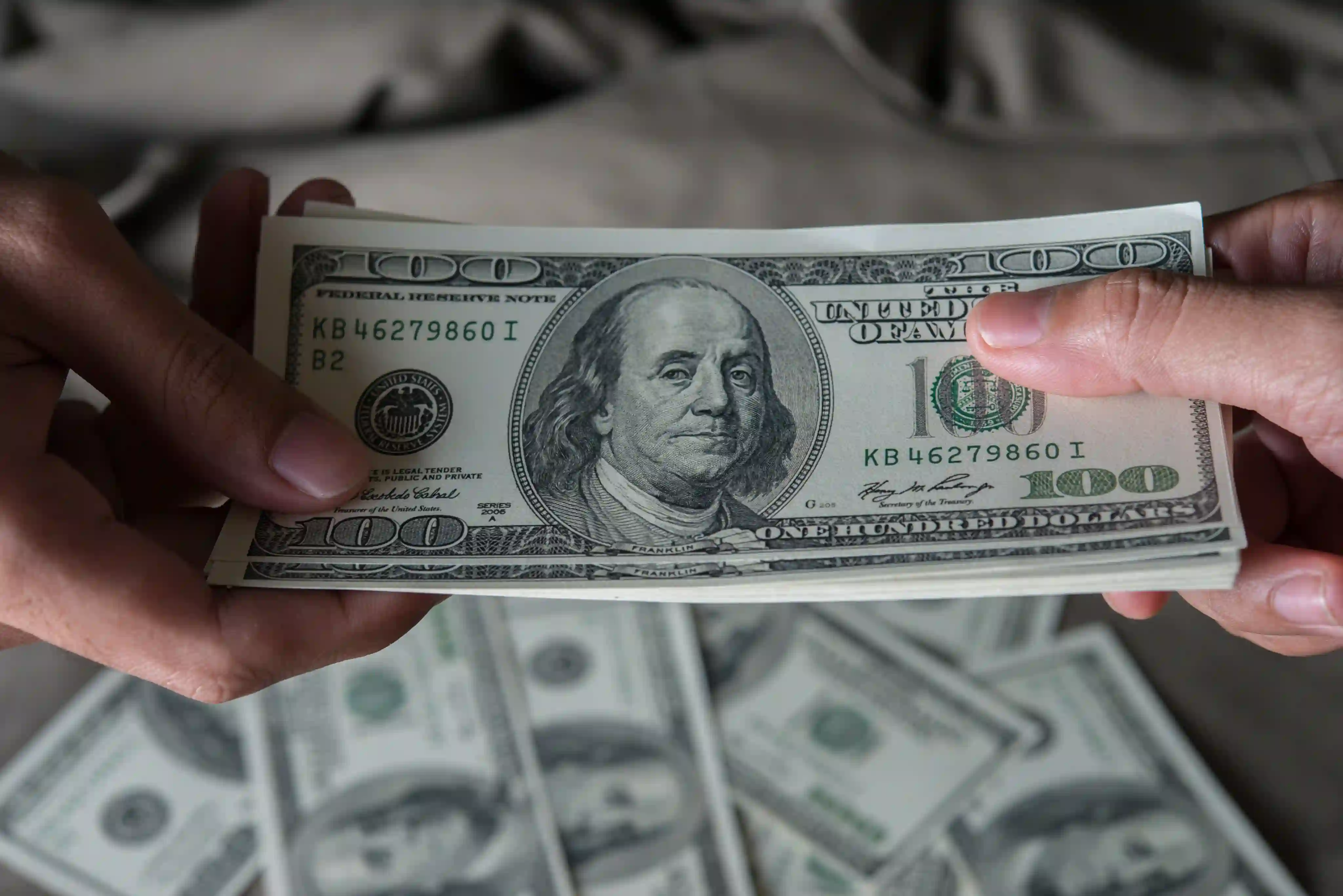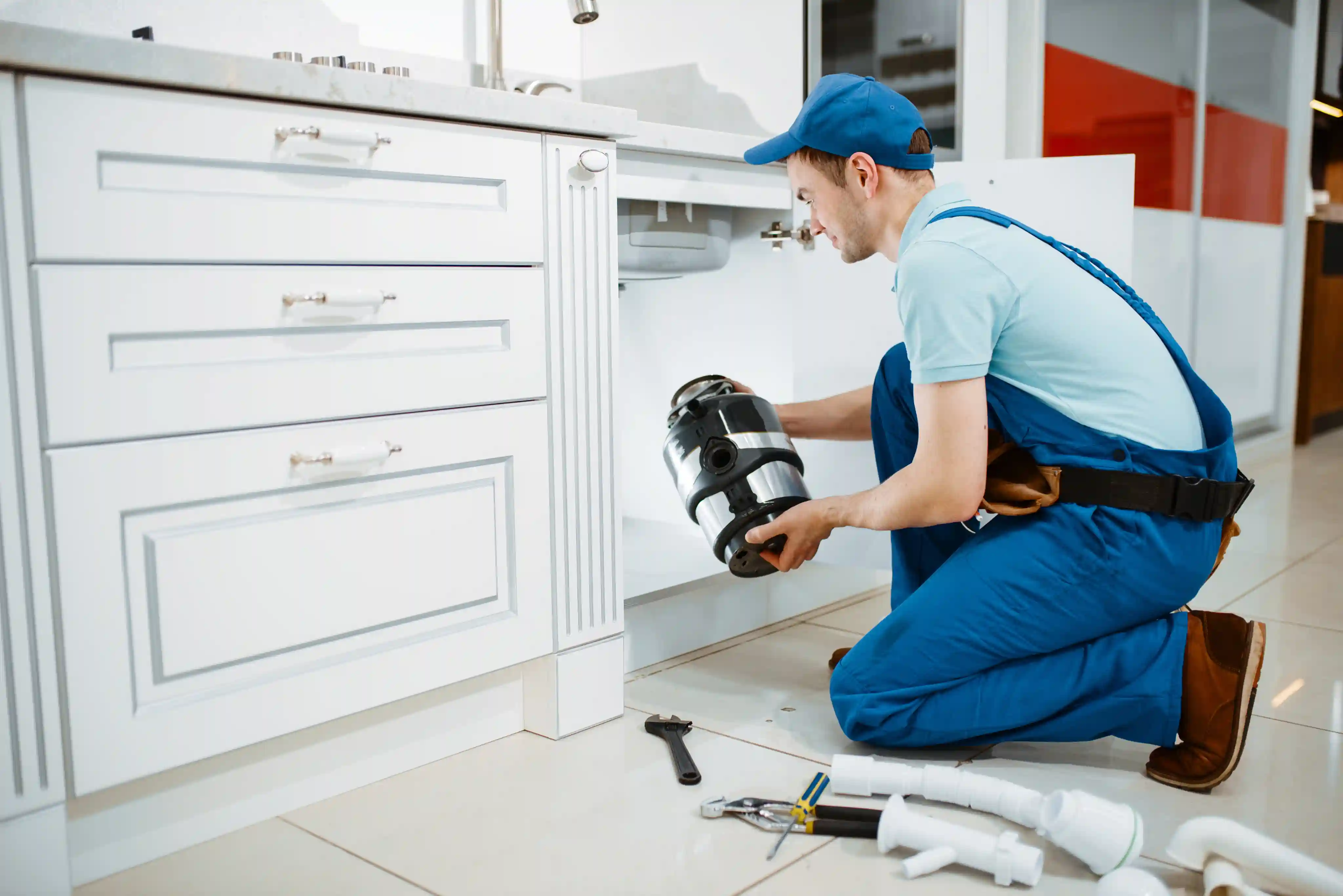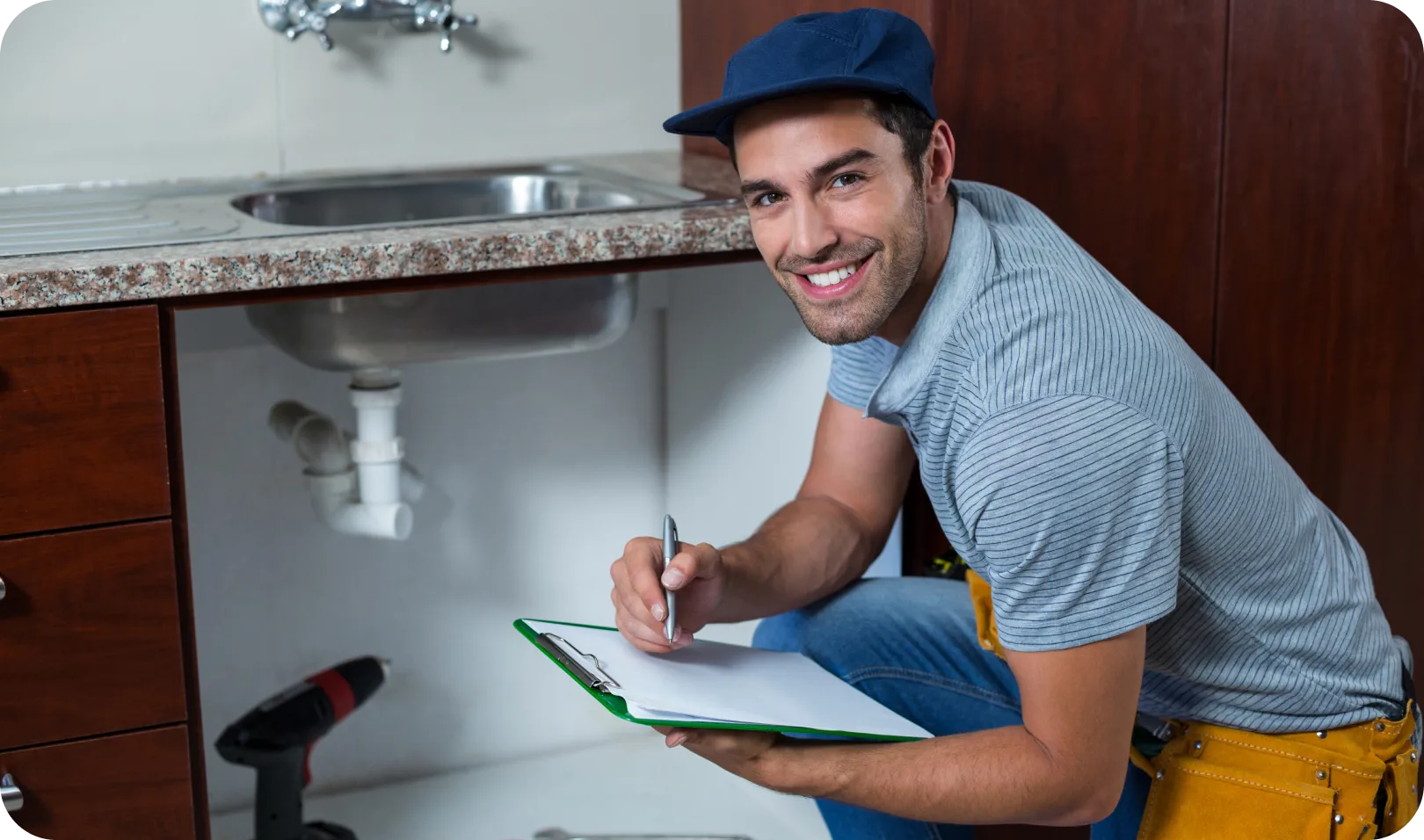Green Plumbing Solutions for Eco-Conscious Europeans
This section contains a collection of valuable insights, tips and articles to help homeowners efficiently maintain their plumbing systems.

CorePlumb
Apr 15, 2024
I
Plumber repair
Plumbing upgrades aid water providers by reducing energy-intensive treatment needs. Less water use means lower treatment energy and redistribution volume.
Energy-efficient plumbing can also improve user experiences. A number of mechanical improvements to fixtures create the experience of the same or better water pressure while using less water. Hot water reaches outlets faster and maintains its heat when pumped. Plumbing upgrades can save energy.

Energy-Efficient Plumbing Upgrades
Replacing fixtures is a straightforward way to save water and energy. Two notable examples are toilets and urinals.
It is important to optimize inlet and outlet temperatures and flow rates for chillers and boilers.
Piping materials impact energy loss, especially for insulated lines.
When considering where and how to make plumbing upgrades, there are several approaches. Options span from updating fixtures to replacing entire runs of piping. Even upgrading specific subsystems of the building’s plumbing can have a significant effect.
In plumbing, water efficiency is energy efficiency. Upgrades that focus on reducing water demand also lead to lower energy demand. If a building uses less water, the energy used for pumps and heating water also falls.

The Financial Benefits of Upgrading
Energy-efficient plumbing fixtures might come with a higher upfront cost, but the long-term savings can be substantial. By consuming less water, homeowners will notice a drop in their utility bills. Over the lifespan of these fixtures.
The savings could amount to hundreds or even thousands of dollars. Water bills shrink, and energy-efficient fixtures also require less energy to heat water, leading to lower electricity or gas bills.
Subscribe to Our Newsletter for Updates
Share this post




